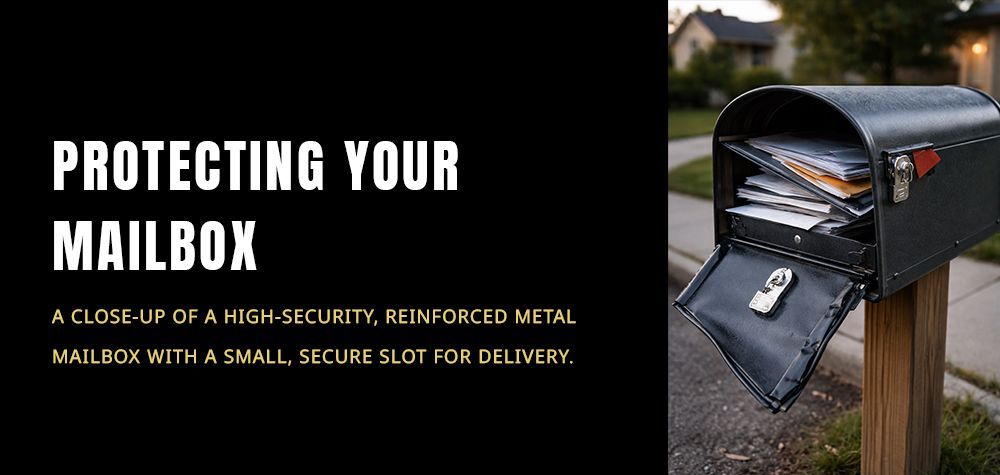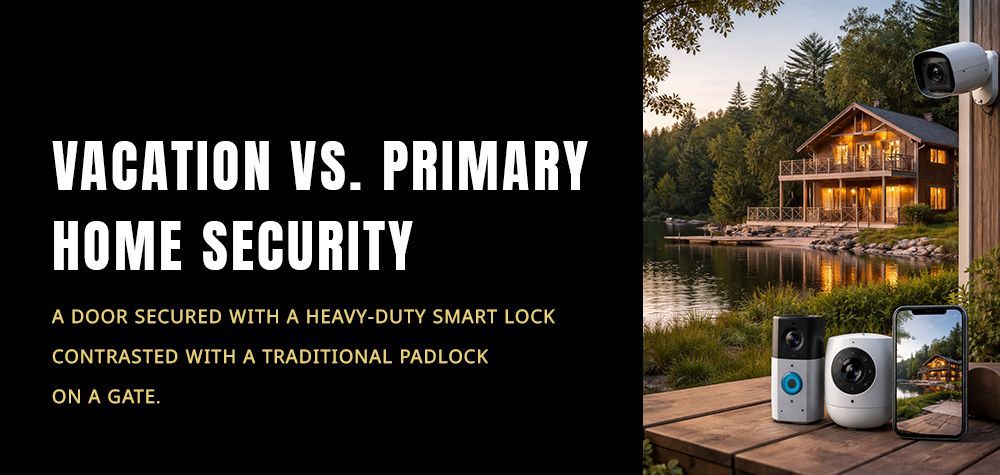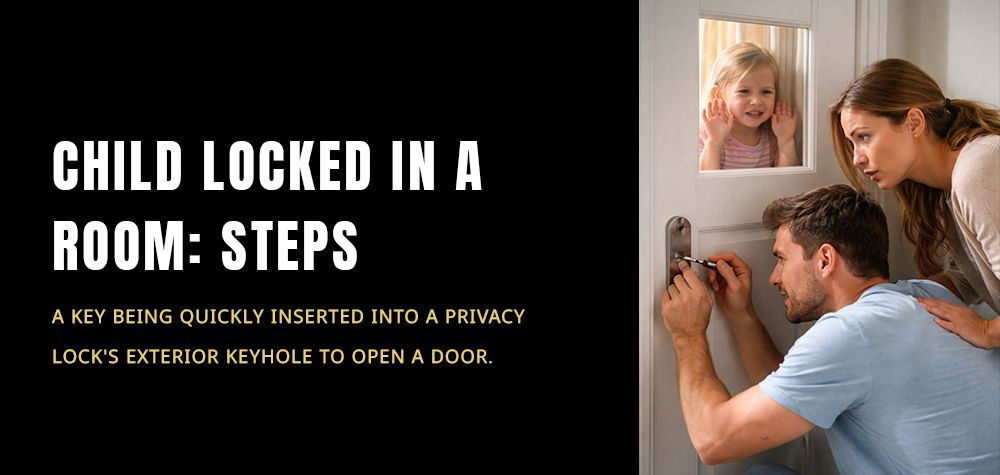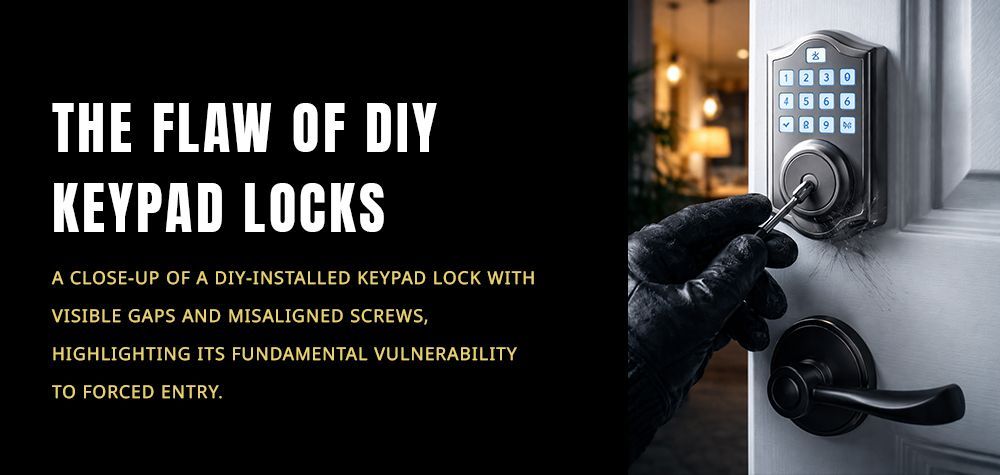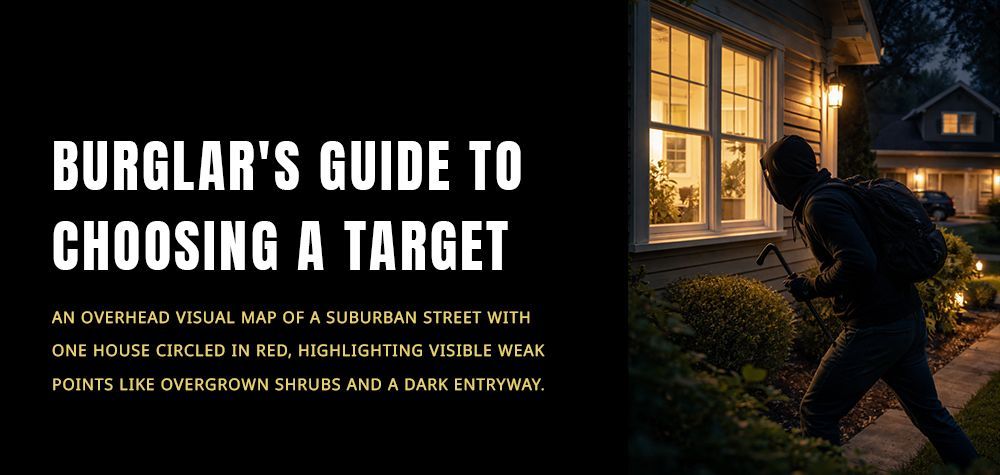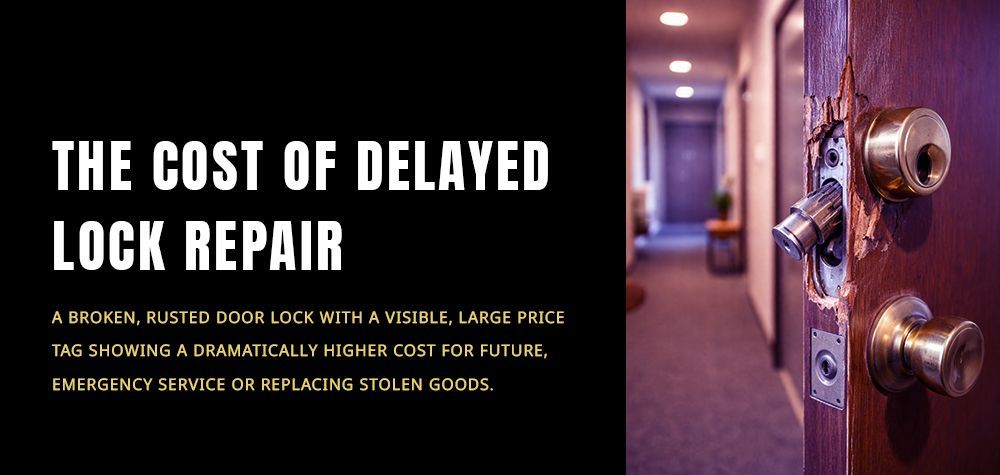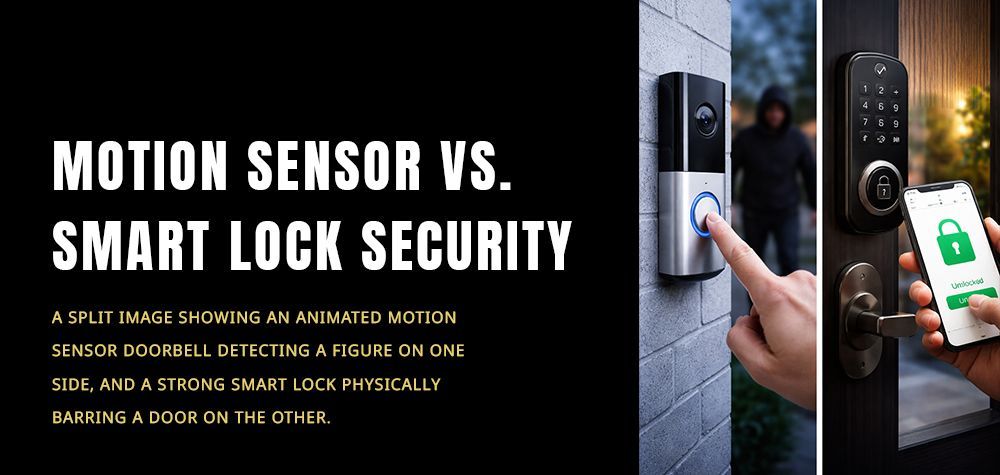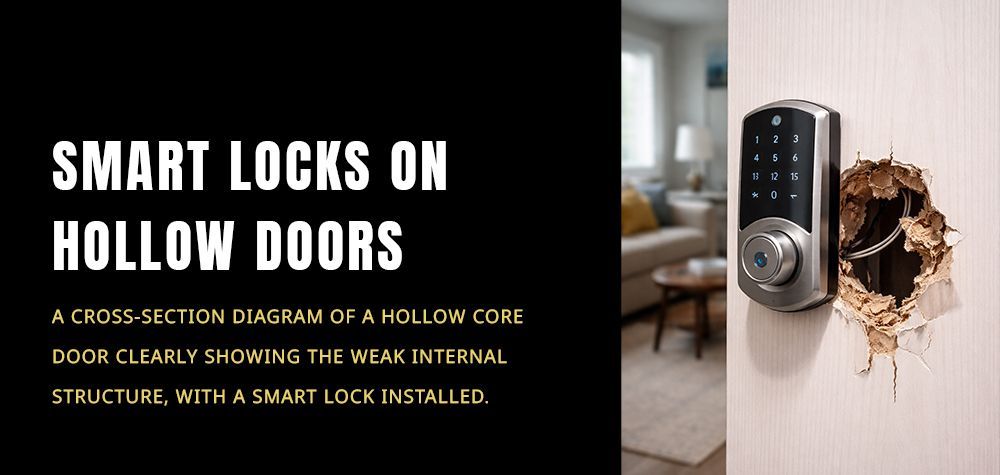Keyless Access Control vs Lock and Keys: Which is More Secure?
Over the years, security against theft and vandalism has become an optimum priority. This includes securing our homes, workplaces, industries, and organizations. The use of locks and keys has always been a go-to option as regards ensuring effective security. However, with the advancements in technology, more sophisticated commercial security systems like the keyless access control have been developed.
These new security systems come with many great benefits. Imagine not carrying a bunch of keys around just to access the security system at work? Plus, you don’t have to worry about losing the keys to the wrong hands. Compared to the lock and keys, the keyless control system is safer for preventing unwanted intrusion.
In addition, advancement in technology does not always guarantee a better result. So, the question is, “Which is more secure: the lock and key security system or the more advanced keyless access control?”
We will be discussing extensively both types of security systems below, and by that, we will address the answer to this daunting question subsequently.
Lock and Key Security System
A lock and key is a mechanical device that works together in ensuring safety. The lock is put in place to restrict access to certain areas of your house or workplace while the key functions to unlock the lock. There are various types of locks and keys for different purposes.
The types of locks include:
- Cylindrical locks: These types are used to secure places that do not require heavy security. This is because pliers can easily destroy them in the absence of a key. Sometimes, the lock is not used alone as it is paired with other locks to secure a place. It is mostly used to secure storerooms.
- Padlocks: These locks are detachable and can be removed once unlocked with their keys. They are also low-security because they can be removed when the right amount of force is applied.
- Dead-Bolt Locks: Unlike padlocks, these locks are mounted on the door and are a bit different from other types of locks. In this case, the bolt acts as the lock. When the key is moved in to lock the door, the bolt protrudes or projects into the door frame. This provides a higher level of security and cannot be easily removed without the key.
- Mortise locks: These locks are embedded in the edge of the door. They usually require a doorknob on either side of the door. They also provide low security because they tend to weaken the edge of the door where they are embedded. It’s advisable to use these locks with metal doors than wood doors.
These locks have different locking mechanisms and components and are used to secure various kinds of doors.
Pros:
- It is simple and easy to use
- Doesn’t need internet access
- It doesn’t operate with a power supply
Cons:
- Risk of losing keys
- Need the attention of a commercial locksmith if the locks have an issue.
Keyless Access Control
Unlike the locks and keys, the keyless access control system needs no keys, as the name implies. Mostly, it uses the commercial access control for its locks and they include key cards, biometrics, mobile access control, video-enabled access, or a combination of any of them.
- Key cards: Key cards are nothing like the regular keys that we know. They are usually in cards, like ID cards, and can even be coupled with an ID card. Key cards are used in companies and organizations to restrict access to certain parts of the building. Even if you work for the company, you might be restricted from entering certain offices, and only authorized personnel are allowed.
Although it is an advanced security system, it isn’t as safe as it sounds because once you get a hold of an authorized key card, you can gain access to restricted areas. Key cards are simple and straightforward to use; just place your key card against the electric lock of the door, and the door opens if your card is authorized.
- Biometrics: This is a bit more advanced security system as it requires features that are peculiar to each individual. Features like iris, fingerprints, facial features etc., are used. These features cannot be lost or stolen from a person and belong to the high-level security system. Iris scanner , fingerprint scans and facial recognition are used in this case to ensure security.
- Mobile access control: This security system uses mobile phones. Applications are installed on the phone and are used to gain access to the locks. This system is also considered high security because you are less likely to lose your phones.
- Video-enabled access: A video reader is used in this case, combined with access to mobile phones. The use of CCTV wards off unwarranted entry attempts and also identifies whoever attempts to do so.
Pros:
- It doesn’t involve carrying keys
- Easy to operate, even by kids
- Restrict access to unwarranted entry
Cons:
- Need to access the internet
- Constant power supply
Now, back to the question, which of these two security systems is more secure? This depends on many factors such as:
- What are you trying to secure?
- Who are you securing it from?
- The kind of neighbourhood you live in
Both kinds of security systems are considered secure depending on the factors above. If you secure a high profile, vital goods or files, or a precious item, then using a keyless access control like biometrics is more appropriate. This ensures that you would be the only one that can access the security.
But if you want to secure your homes, workplaces, or stores, using the lock and key security system is more appropriate because you need not worry about constant power supply or access to the internet to be able to unlock your locks. However, it is advisable to use locks that are more on the high-security level, like dead-bolt locks.
If you need help with your door locks or installing one of the ones we’ve discussed above, please do not hesitate to contact a residential locksmith near you. For that purpose, Brothers Locksmith is available at your service to get you exactly what you need and protect access to your loved ones and belongings. Call now.
Call Us Any Time!


